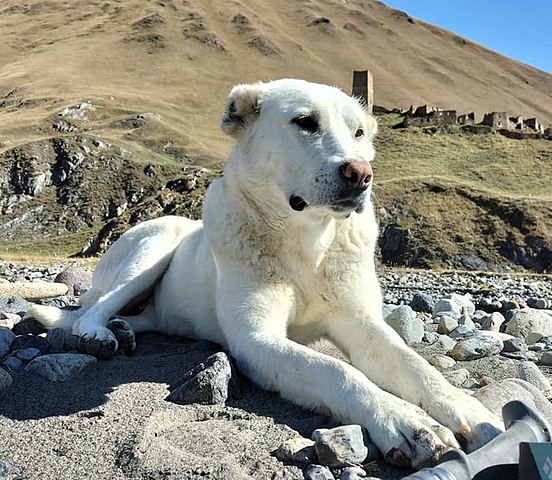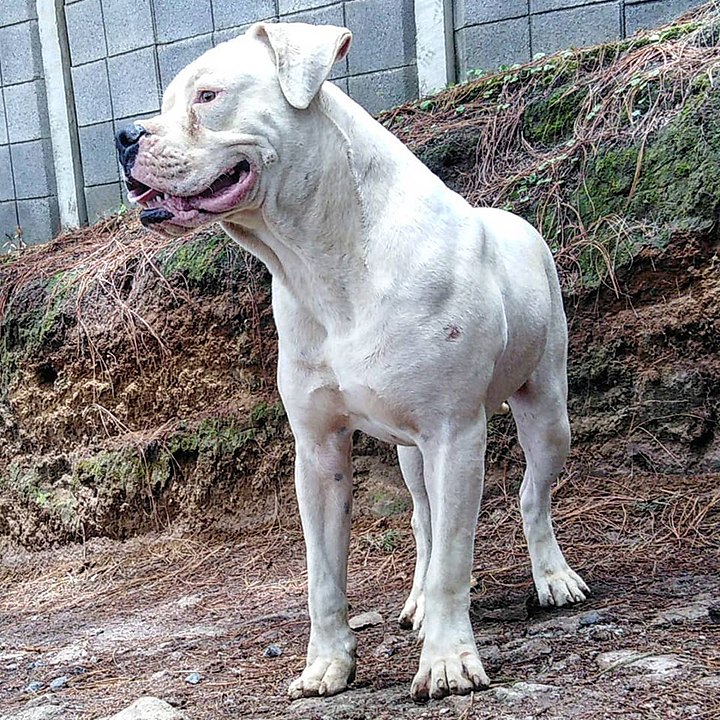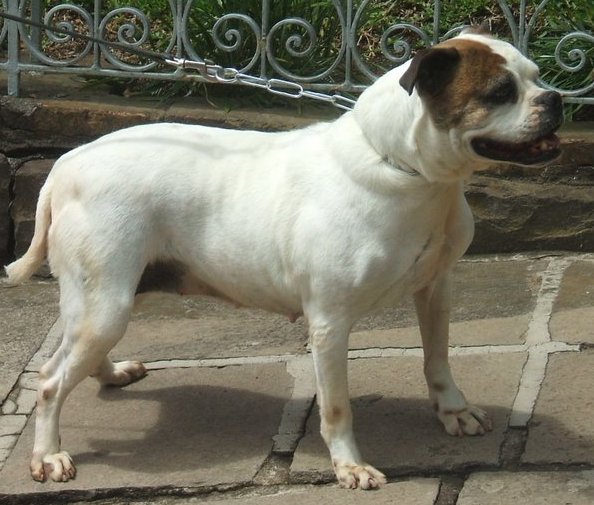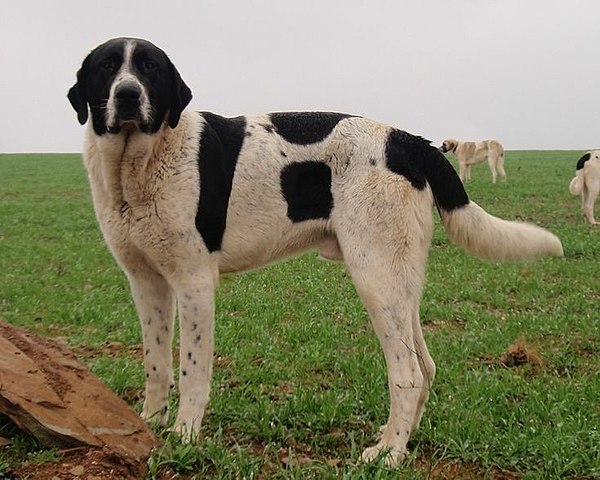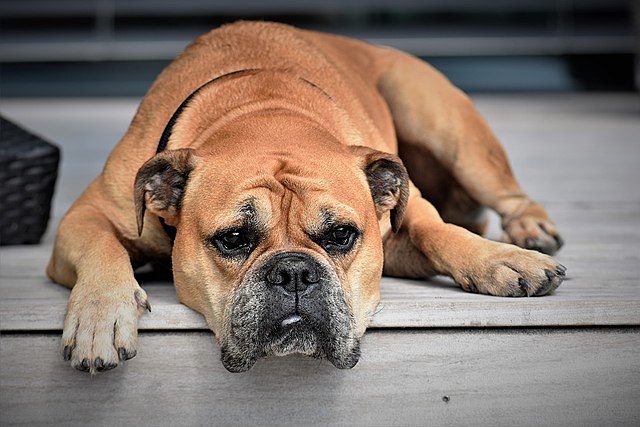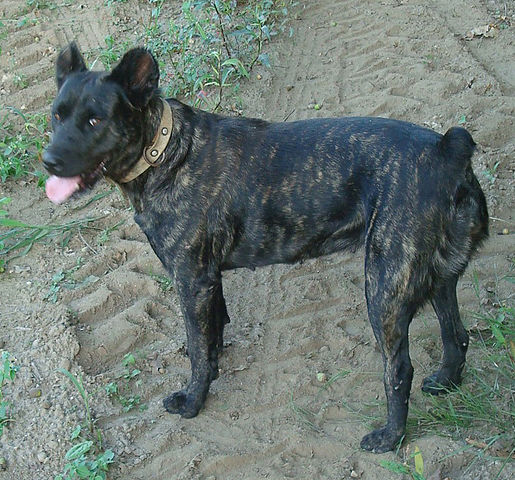The Romanian Raven Shepherd Dog is a devoted livestock guardian breed and household watchdog with an even temperament and generally calm demeanor. He loves his human family with all of his heart and is a dependable companion and alert protector. With a dignified personality that matches his grandiose appearance, this is not the type of dog that will demand attention frequently or otherwise act like an obnoxious pest, nor will he cower in the corner anxiously. This is a confident but laid-back breed that will step up to any challenge if he feels his owner or other charges are in danger, and the breed is well-known for even confronting bears when necessary – usually while protecting cattle. The breed gets its name from the raven-black color of the coat, and has been recognized by the Romanian Kennel Club since 2008.
The Romanian Raven Shepherd has an abundant, medium-long coat which is straight and rough. The head and parts of the legs are covered with short hair. As mentioned above, the color is always black, or black with white markings on the chest and forequarters although black must cover at least 80% of the dog. When two dogs of otherwise equal merit are being judged, the dog with the most black should be prioritized. Other key traits of the breed include a deep chest, a powerful and massive head, small almond-shaped eyes, v-shaped hanging ears, and a high-set pendant tail.
Ravens are active dogs that can get silly and joyous in play with their owners, and especially love playing with children. They tend to be gentle even with the smallest of kids. They do need owners that are able to exercise them regularly not only with games in the backyard but also with long daily walks of at least an hour a day. For this reason the breed isn’t for everyone as they require not only active owners, but those who live in homes with enough space to accommodate them. Like many livestock guardians, Ravens are often good with all sorts of animals as long as they are introduced to them while young. This includes cats and even smaller pets. This tolerance doesn’t hold true for animals that wander into their territory however, as they are not very forgiving towards strange dogs (or other animals) that suddenly appear on their property.
The Romanian Raven has a loud, thunderous voice which he will use when a stranger enters the property. He may tend to bark frequently, as anything out of place may cause his suspicions to rise so he is best living in a home without close neighbors! Like most livestock guardian dogs he is suspicious of people whom he doesn’t know. Standing up to 31 inches at the withers and reaching up to 130 pounds, this dog can easily take down a threat if he needs to! For this reason it’s doubly important to socialize him extensively while young to ensure the proper temperament develops. Even with socialization, know that this isn’t the best dog for people who enjoy throwing weekly parties at the house as he doesn’t love having house guests over.
Raven Shepherds are intelligent and generally submissive to their owners, making them easy to train in general. This said, they are independent-minded and are not push-button obedience dogs either. With consistency and plenty of guidance, however, they can become wonderfully trained members of the family! As the breed tends to live an average of 12 years it is important to start young and introduce training while they are still at an easier size to manage. It is also interesting to note that although they usually love everyone in the family, they will generally choose one person who they are more likely to “listen to”. This said, the whole family can (and should) take part in training as this will benefit everyone and promote an even stronger bond!
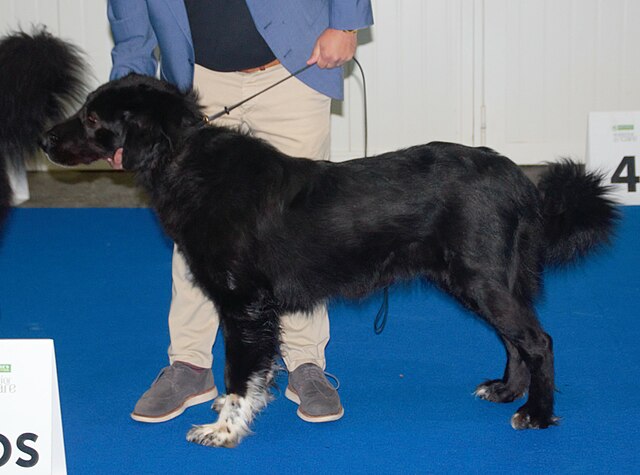
Photo By Canarian

